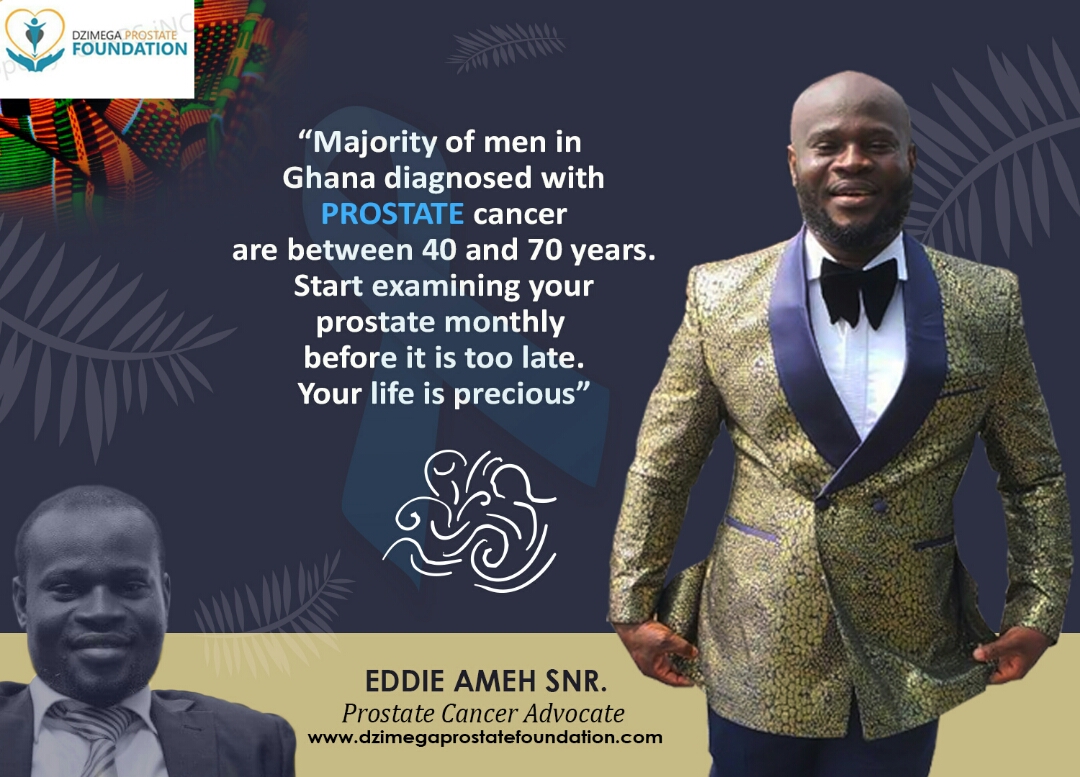
Prostate is a small gland found at an obscure part of the body. It sits under the [simple_tooltip content='
']bladder[/simple_tooltip] and in front of the rectum. It plays an important role in reproduction by supplying substances that facilitates fertilization, sperm movement and survival. The bladder stores urine (gets larger as it’s filled with urine) until one is ready to empty it. The [simple_tooltip content='
In anatomy, the urethra (from Greek οὐρήθρα – ourḗthrā) is a tube that connects the urinary bladder to the urinary meatus for the removal of urine from the body. In males, the urethra travels through the penis and also carries semen. Only in the male is there an additional internal urethral sphincter muscle.']urethra[/simple_tooltip] is a narrow tube that connects to the bladder, runs through the middle of the prostate and penis and carries both urine and semen out of the body. The [simple_tooltip content='
The rectum is the final straight portion of the large intestine in humans and some other mammals, and the gut in others. The adult human rectum is about 12 centimetres (4.7 in) long, and begins at the rectosigmoid junction, the end of the sigmoid colon, at the level of the third sacral vertebra or the sacral promontory']rectum[/simple_tooltip] is found at the lower end of the intestines and positioned right behind the prostate. There are [simple_tooltip content='
A nerve is an enclosed, cable-like bundle of axons (nerve fibers, the long and slender projections of neurons) in the peripheral nervous system. A nerve provides a common pathway for the electrochemical nerve impulses that are transmitted along each of the axons to peripheral organs.
']nerves[/simple_tooltip] and vessels that run along each side of the prostate whose main function is to control erectile function. Most prostate cancer develop from the back of the prostate near the rectum. That is why a digital rectal examination (DRE) is a useful screening test as the doctor’s finger can feel the prostate.



